|
Word work activities are key to developing strong language skills and fluent readers. Working with word families is an effective way to solidify connecting groups of letters with meaning and it is fun for kids to do. Here are some more word work activities that you might want to try. 6 Word Work Activities1. Word Family SortProvide students with a set of word cards representing various word families (e.g., -at, -an, -it). Have them sort the words into the corresponding word family categories. Differentiation: For struggling students use visual aids like pictures alongside words to reinforce word family connections. For advanced students introduce less common word families or challenge them to generate new words within a given word family. 2. Word Family Flip BooksCreate flip books with word family endings (e.g., -at, -an) and a variety of beginning letters. Students can flip the pages to create new words within the same word family. Differentiation: For struggling students provide word starters with visual cues and scaffold the activity by focusing on one word family at a time. For advanced students include more complex word families and encourage them to create sentences using the words they generate 3. Word Family Word HuntsGive students a list of word families to focus on. Have them search through books or texts to find words that belong to each word family and write them down. Differentiation: For struggling students provide a list of words to search for within the text and offer support with decoding if needed. For advanced students encourage them to identify additional words that belong to each word family beyond those provided on the list. 4. Word ListsUsing digraphs, blends, or other letter combinations, change the vowel and add a consonant at the beginning to make a list of words that fit the ending. For example: _and, _end, _ind, _ond, _und Differentiation: For struggling students provide some letter tiles to create the words so they can sound them out. For advanced students encourage them to add more letters to the beginning and notice suffixes such as with the word handful. 5. Real vs Nonsense Words ActivitiesProvide letter tiles and word endings and create words with them. Decide if the words are real or nonsense words. This could be combined with the word list activity above. Note: If the students can't explain what the word is, they may need to put it in the nonsense category. As they develop a bigger vocabulary, some of the words may be identified as real words. Differentiation: For struggling students try to get them to tell you why the word is real. Use pictures if needed. For advanced students have them check out words in a dictionary if they are unsure. 6. Real Words vs Nonsense Words Using DiceUse a set of dice with short vowel word family endings and some dice with single consonants and create word lists. Record the words as real words or nonsense words. Check the images below to see how you can create your own dice. Differentiation: For struggling students ask them to tell you what they words are and how they know they are real words, if possible. For advanced students, add in some blends or digraphs instead of single consonants. Add in some other more complex word endings as well. These word work activities provide engaging ways for students to practice word families and distinguish between real and nonsense words, supporting their phonemic awareness and phonics skills development. By using the differentiation ideas, adjustments can be made to suit the needs of individual learners, ensuring that all students receive appropriate support and challenge. Related PostsLearning to read can be tricky as children learn in many different ways. Adding in a variety of skills and activities will help to engage them as they learn. Phonemic awareness and phonics are both important components of reading. Finding the combination of both that works for your students will make a difference to their successfulness in reading and writing. Here are 5 phonemic awareness activities and 5 phonics activities to consider as you plan for your lessons. I have also included some differentiations for those that need extra support and those who are more advanced. Phonemic Awareness Activities1. Picture/Sound SortUsing a variety of pictures or objects, have students sort them by beginning, middle, or end sounds. (Choose only one of these skills at a time.) This activity will help them listen for specific sounds in the words. Differentiation: For struggling students provide fewer words or objects. For advanced students provide more challenging sounds or blends. Maybe even have them sort for more categories. 2. Rhyming Words RecognitionPresent students with pairs of words and ask them to identify if they rhyme or not. For example, "cat" and "bat" rhyme, while "cat" and "dog" do not. Differentiation: For struggling students use word pairs with clear rhyming patterns and provide visual cues like pictures to support understanding. For advanced students include words with less common rhyming patterns or words with multiple syllables. 3. Sound SegmentingSay a word aloud and have students identify the individual sounds within the word. For example, say "sun" and ask students to identify the /s/, /u/, and /n/ sounds. Differentiation: For struggling students use words with only 2 or 3 phonemes and have them tap out the sounds. I like to use the arm so they can visualize the different sounds. For advanced students use longer words or words with consonant blends. 4. Odd One OutGive students 3 words and have them identify which one doesn't rhyme with the others. Differentiation: For struggling students choose word sets with clear rhyming patterns and provide visual support if needed with pictures. For advanced students use words with subtle differences. 5. Sound SubstitutionSay a word and ask students to substitute one sound to make a new word. Example: cat/ change c to h/ hat. Diferentiation: For struggling students begin with simple CVC (consonant-vowel-consonant) words and provide visual aids like letter cards. For advanced students introduce words with consonant blends or digraphs and encourage them to generate multiple new words by substituting different phonemes. Phonics Activities1. Word BuildingHave a selection of letter tiles available as well as a word bank of words that focus on specific phonetic patterns or word families. Choose words from the word bank and use the letters to build the words. Differentiation: For struggling students provide a smaller set of letters and offer word banks with simpler words. For advanced students increase the complexity by introducing longer words or words with more challenging phonetic patterns. 2. Word SortsGive students a collection of words and have them sort the words into categories based on specific phonetic patterns (e.g., short vowels vs. long vowels, words with different digraphs). Differentiation: For struggling students use word sets with clear differences in phonetic patterns and provide visual cues like color-coding for sorting. For advanced students include words with irregular spelling patterns or words with multiple syllables. 3. Decodable TextProvide students with decodable texts that contain words they have learned phonetic patterns for. Have them practice reading the text aloud, focusing on decoding unfamiliar words using phonics skills. Differentiation: For struggling students choose texts with simpler vocabulary and provide additional support during reading, such as using finger tracking or a glossary for unfamiliar words. For advance students select texts with more complex sentences and vocabulary, and encourage them to identify phonetic patterns in words independently. 4. Word Building RelayBuild a Word Relay is an activity where students take turns adding a letter or changing a letter in a word to create new words. For example, start with "cat" and add a letter to make "coat," then change the letter c to g to make goat and so on. Differentiation: For struggling students begin with shorter words and provide visual support with letter cards. For advanced students increase the word length and challenge them to build words with specific phonetic patterns. 5. Phonics Board GamesCreate board games where students move pieces along a path by correctly reading words containing specific phonetic patterns. You could also include challenge cards that require students to apply phonics rules in different contexts. Differentiation: For struggling students simplify the game board and provide more frequent opportunities for reinforcement of phonetic patterns. For advanced students introduce additional challenges such as reading words with irregular spelling patterns or applying phonics rules to multisyllabic words. These phonics board games work great for practicing alphabet sounds and different phonetic patterns. Check them out here. If you want to try out some letter sounds, grab this free sampler below. These activities provide a range of opportunities for students to practice both phonemic awareness and phonics skills, with differentiation strategies to support learners at different levels of proficiency. Related PostsIn primary classrooms, helping kids figure out reading and writing early on is super important. That's where phonemic awareness and phonics come in. Phonemic awareness is all about understanding and playing around with the sounds of language, while phonics is about connecting those sounds to letters. When we mix fun activities that cover both, we create a lively learning space that suits all kinds of learners. Learning to read is a process. Some kids get it quickly, and others need lots of extra practice to make sense of the letters and words in front of them. In a single primary classroom, it is possible to find some kids who don't know their letter sounds and others who are reading at an upper intermediate level. How do you differentiate and help make sure that all of these children get what they need in order to be successful and engaged? That is the big challenge for most primary teachers. In today's classrooms, it is also important to make sure that the mental well being of the students is considered as well. This is an enormous task and requires a lot of preparation, creativity, and successful execution of lessons and ideas. Here are some ideas and possible stepping stones or activities that might help. Making sure that everyone has a handle on their letter sounds and how letters are combined is important and it can be made into a fun activity that can be done as a class. Those that are more advanced can work with a center activity that has more advanced letter combinations while those who are still working with phonemic awareness can do some activities with the teacher as a warmup for the day. For example: The advanced kids could be working with digraphs or blends, prefixes and suffixes, or even with vocabulary development or a dictionary activity. The kids needing more help could be working with word families, segmenting words and isolating sounds, doing cvc word activities, or maybe even letter sounds, if necessary. Guided reading activities and centers help to manage several different activities at the same time and they also help to keep everyone engaged. Check out my post on how to set up and run guided reading groups if this is new to you. Of course, you will need a good selection of materials and activities on hand in order to provide variety and appropriate materials for each of the different groups. Choosing activities for specific themes can also be a good motivator. For instance, during the winter, kids are excited to see the snow and they love to do activities that are related to it. Here are a couple of bundles that I just created of some my winter literacy materials that have that in mind. Click on the images to check them out. You can also get a free sample from my short and long vowels activities here. If you are looking for a variety of winter reading material for different levels, here are a few that I have used successfully in the past. I created some study guides to go along with them. Owl At Home Emma's Magic Winter The Kids In Ms Coleman's Class Snow War Stone Fox Reading is also necessary in other subject areas. Kids need to be able to understand directions for math and science, and read informational text for research projects and social studies. These are just a few of the areas where they may need to read. Again, adding some creativity and themed activities will help them to engage even when the language may be a bit difficult. If you want some fun activities to do with math and science, you can check out my recent blog posts for winter geometry and winter measurement. By blending phonemic awareness and phonics activities and tailoring them to different needs, we're making sure every student gets the support they need to become confident readers and writers. It's all about fostering that love of learning from the get-go! Next time I will share some specific activities that will help with differentiating and engaging kids as you incorporate phonemic awareness and phonics activities in the classroom. Related PostsWelcome to the magical world of winter, where snow-covered landscapes become the perfect canvas for learning geometry in a fun and interactive way! Embrace the winter wonderland with these six delightful winter activities that blend the magic of snow with fundamental geometry concepts. Engage your young learners in hands-on, snowy adventures that make geometry come alive in the chilly outdoors. Snowy Geometric SculpturesTurn the snowy outdoors into a geometric playground with snowy geometric sculptures! Provide children with guides for shapes like cubes, spheres, cylinders, rectangular prisms, and cones. Watch as their creativity takes flight, molding these shapes into artistic snow sculptures. As they build, engage in conversations about the properties and names of the shapes, making geometry come alive in a winter wonderland. Snowy 3D Shapes Hide And SeekTurn the snowy outdoors into a treasure hunt for 3D shapes. Hide various objects like cones, cylinders, cubes, rectangular prisms, and spheres in the snow. Children can search for these shapes and then discuss their attributes. They can also match them to corresponding shapes on a worksheet. This activity combines the excitement of a scavenger hunt with shape recognition and introduces the concept of 3-dimensional shapes in a playful way. Snowy Geometric PatternsMake some stencils of different pattern block shapes. Provide children with colored water in spray bottles and patterns. Have them make various patterns in the snow by spraying the colored water onto the snow through the stencils.This hands-on activity combines patterning with geometry exploration. Symmetry SnowmenInstead of just making snowmen, ask the children to create symmetrical snowmen, ensuring that each side mirrors the other. Discuss symmetry and encourage creativity as they adorn their snowmen with natural materials. This activity introduces symmetry in a fun and imaginative way. Snowman MeasurementBuild snowmen with different-sized body parts, such as small, medium, and large snowballs for the head, body, and base. Discuss size comparisons and measurement as children arrange the snowballs. You can also incorporate simple measuring tools like rulers or non-standard items (e.g., twigs) to measure the height of their snow creations. Winter Puzzles Using Pattern BlocksSometimes the weather doesn't cooperate and it's necessary to take winter activities indoor. Here's a great activity to try. Create some winter puzzles that can be constructed using pattern blocks. Trace a pattern block design on a transparent page or sheet protector and place it over a completed winter puzzle. Take a picture and print it on cardstock. Then cut it out and put it into a baggie to save it. Print another picture and place it in the baggie. Use the shapes and the picture to rebuild the puzzle. By integrating geometry and measurement into winter activities, children can develop a deeper understanding of these mathematical concepts in a fun and engaging way. These activities promote hands-on learning, problem-solving, and critical thinking skills for young learners. *Let the snowy outdoors be your classroom as you embark on these geometry adventures. Bundle up, head outside, and let the snowy math extravaganza begin! Related Posts |
About Me Charlene Sequeira
I am a wife, mother of 4, grandmother of 9, and a retired primary and music teacher. I love working with kids and continue to volunteer at school and teach ukulele. Categories
All
|
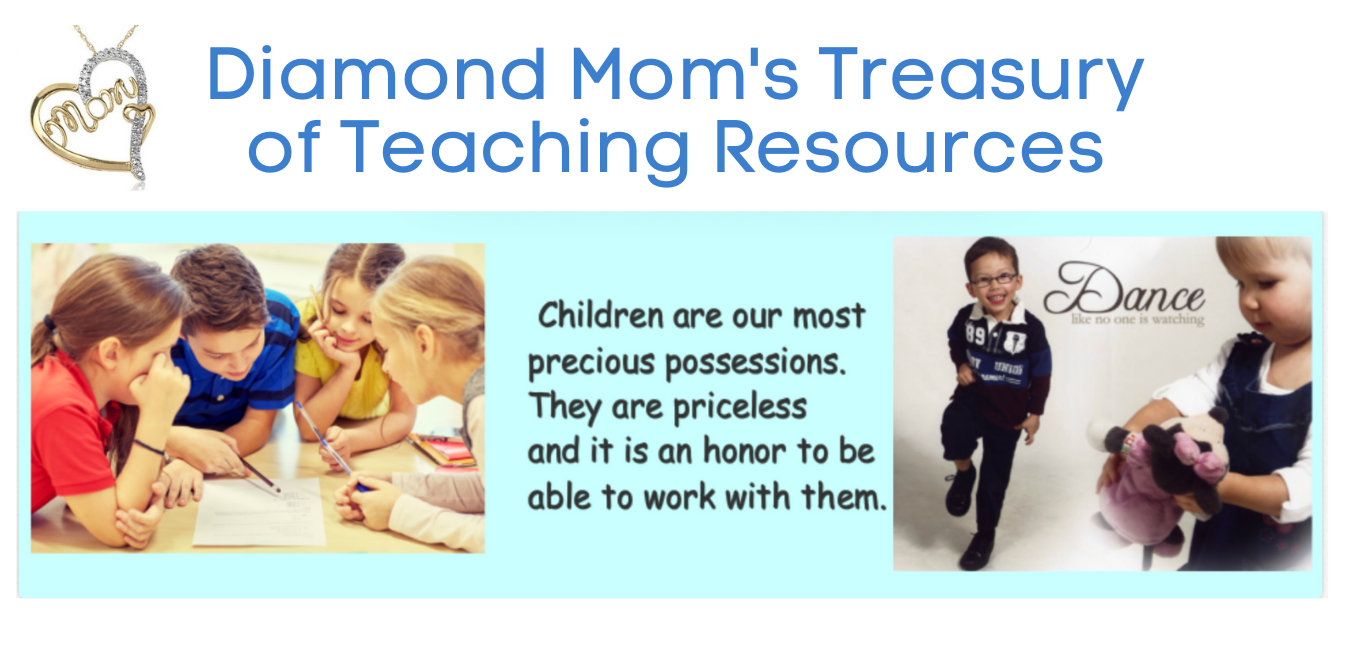
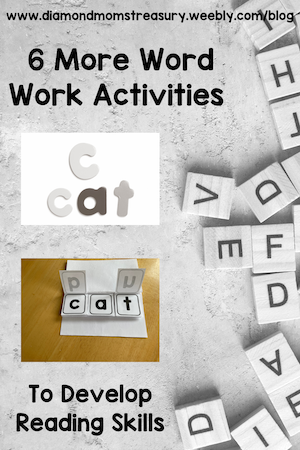
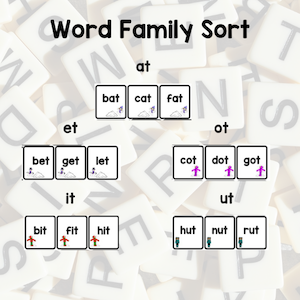
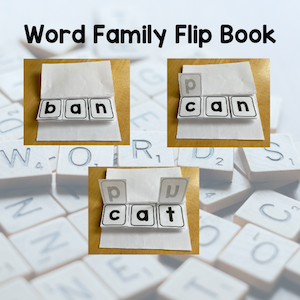
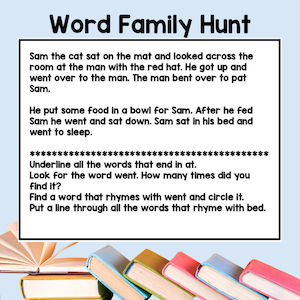
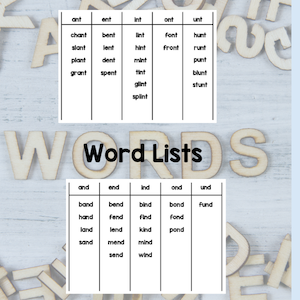
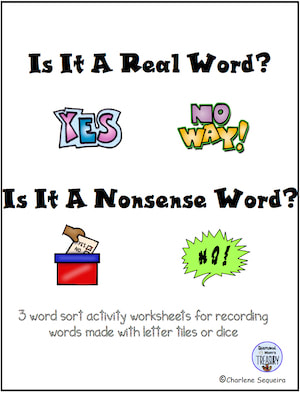
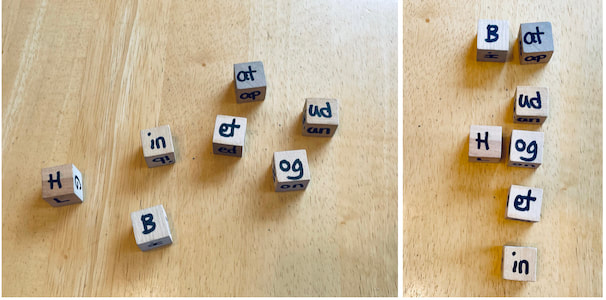
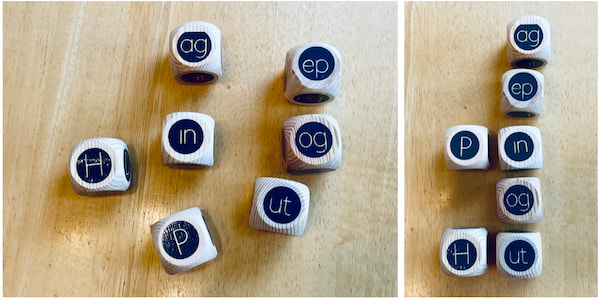
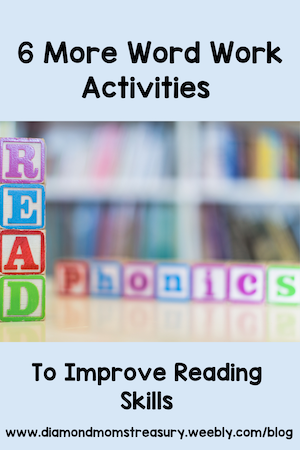

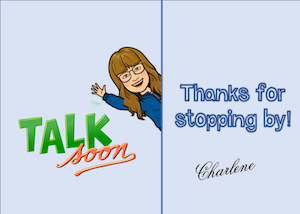
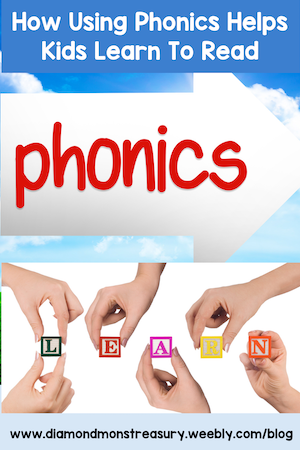
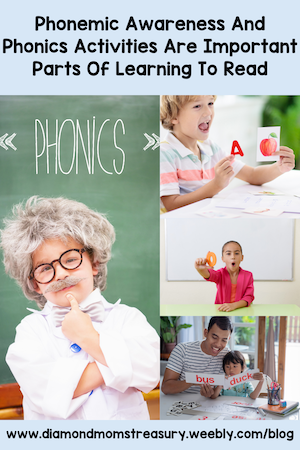
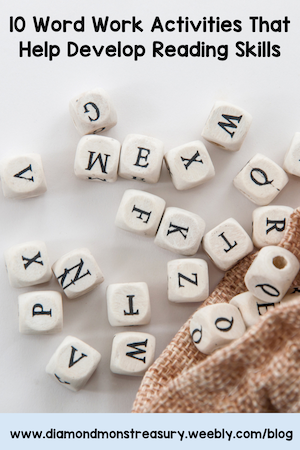
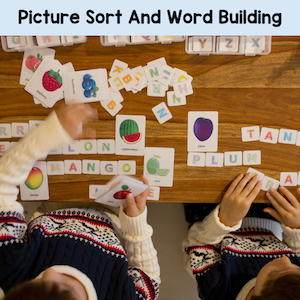
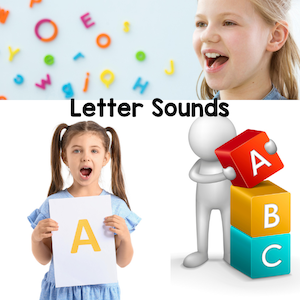
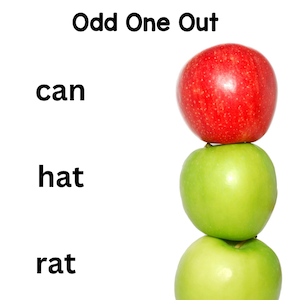
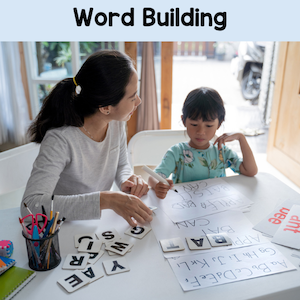
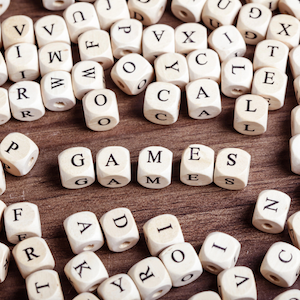
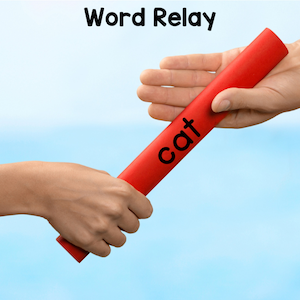
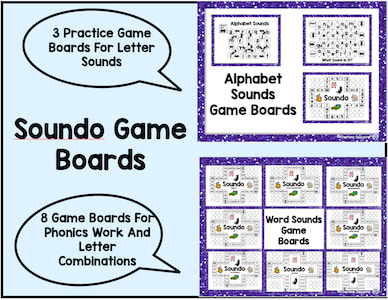
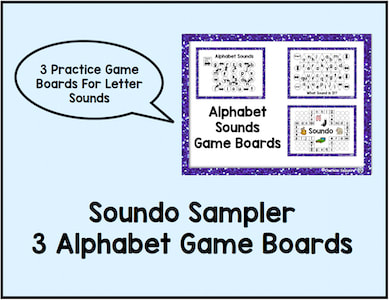
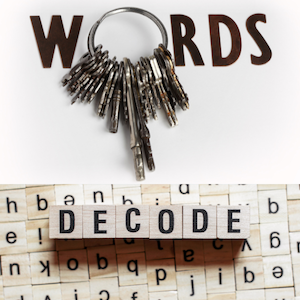
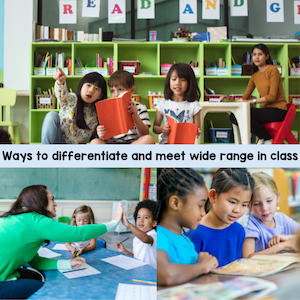
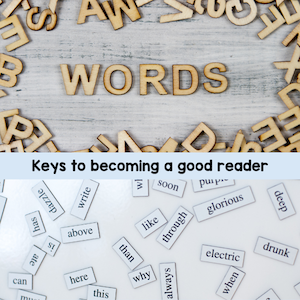
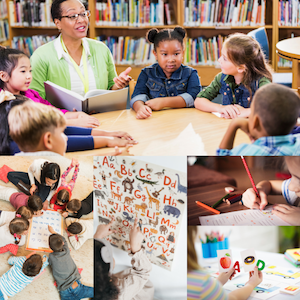
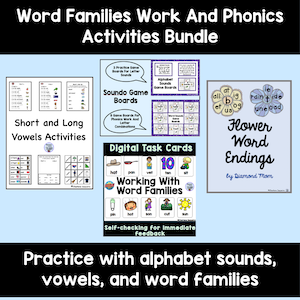
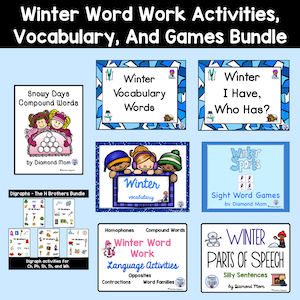
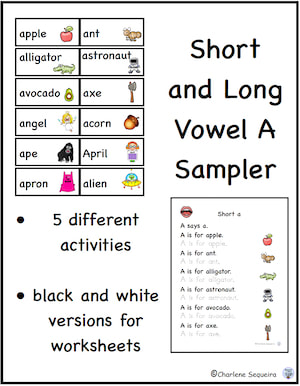
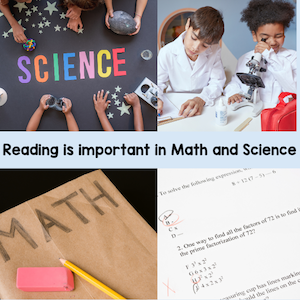
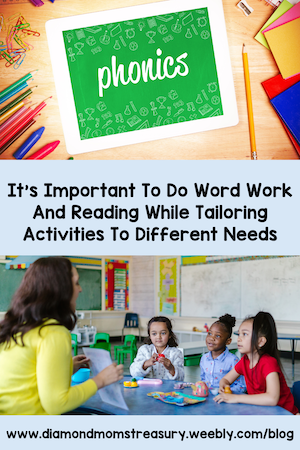
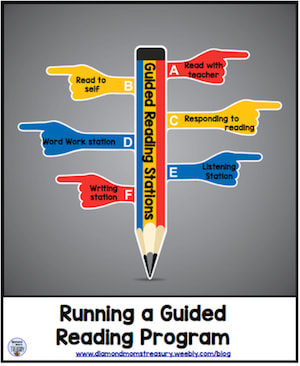
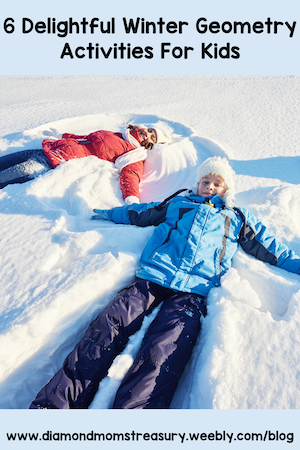
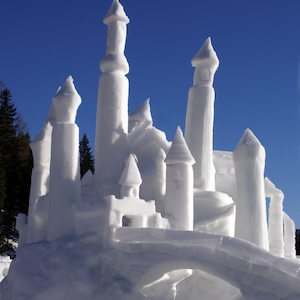
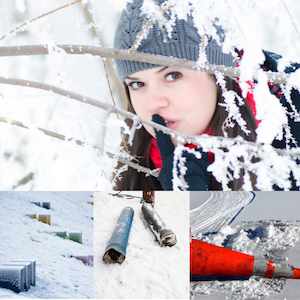
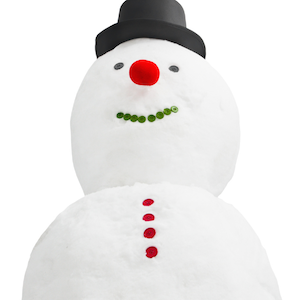
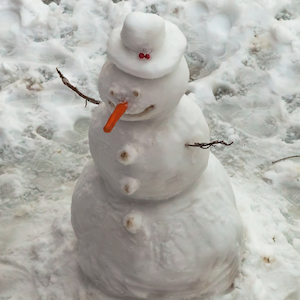
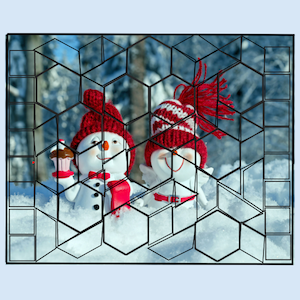
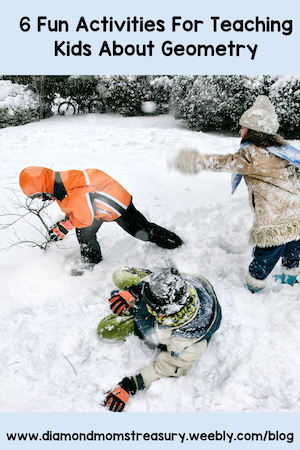
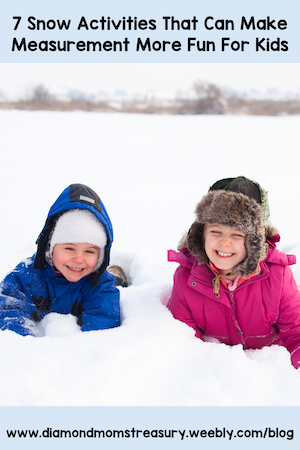



 RSS Feed
RSS Feed